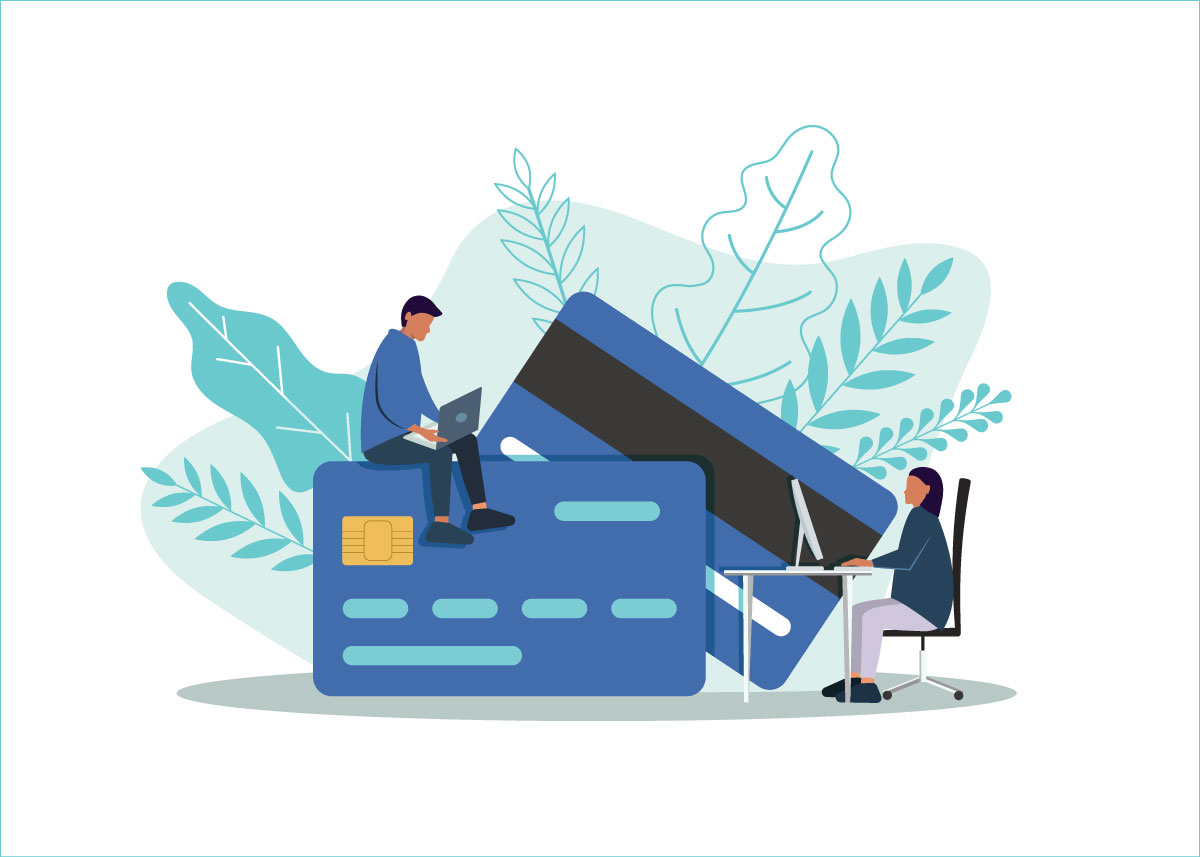At Wasatch Peaks Credit Union, one of our primary services is helping walk you through the home loan process. A mortgage loan is a huge financial commitment, and you need to know that you have expert help available for areas you may not be familiar with.
One such area, particularly for first-time homebuyers, includes the steps of the mortgage application process. Broadly speaking, there are three important stages to know here: Pre-qualification, pre-approval and the final loan commitment. Finally, there is the bonus step: closing, where you show up to dot all the i’s and cross all the t’s so you can get the keys to your new home.
Let’s look at each step, and what you need to know about each.
Pre-Qualification
Many people confuse pre-qualification and pre-approval, but they are not the same. Pre-qualification is often one of your first steps, and is considered relatively informal compared to the other steps.
To start, you’ll give basic financial information to a lender – things like your debts, income and basic assets on hand. This information is self-reported, which means it’s not quite as rigorous as pre-approval, and gives you a general idea of the type of loan for which you’ll likely qualify. As a result, pre-qualification does not include a credit report or investigations of purchasing ability.
Since the idea here is to get a rough idea of the kinds of loans you’ll qualify for, this is your time to do your research and gather the necessary information to get started. You can ask the lender about any questions you may have, and go over your goals for the mortgage and home ownership with them. Think of this as a semi-official primer for the real thing.
Pre-Approval
Pre-approval follows some of the same steps as pre-qualification, but it’s more detailed and far more binding, because it involves a pull of your credit scores and an in-depth review of your financial information. Mortgage pre-approval is the process that lenders utilize to determine how much money you can qualify for on a mortgage loan.
If everything goes correctly, the pre-approval process will finish up with you holding a written commitment for an exact loan amount from a lender. Using this amount, you can then begin your search for homes within that financing range.
The benefits of getting pre-approval from your mortgage letter include helping you stay within your budget, as well as making you a more competitive shopper, since it shows realtors and sellers alike that you’re a serious buyer who can qualify to buy a home. Pre-approval can also help you close faster because your mortgage lender will already have the bulk of your financial information, and will likely only require a few additional documents for closing. Finally, you can eliminate any surprises by addressing outstanding concerns or issues before you get too far into the home buying process.
Loan Commitment
When you’ve found a lender and have matched your price range to your desired home, it’s time for the final step. Loan commitment will come after your lender has confirmed you as an approved borrower, and after they’ve run one final check just to ensure there haven’t been any big changes to your financial profile since pre-approval. Once this is done, you’ll be all set to sign on the dotted line.
Closing
The last step in the process is when you sign for your loan. The actual order of events can vary depending on your state, but usually there is a closing disclosure that means your loan is ready for closing, having gone through the underwriting process, as well as a final home inspection and final walkthrough by you and your real estate agent. Additionally, the grant deed will be recorded at the County Recorder’s office.
To sign, you’ll go through and sign all of the remaining paperwork agreeing to the terms of your loan and other legal paperwork.
Preparing for a Mortgage Loan Application
Now that you know a little bit more about the loan approval process, you may be wondering if there’s anything you need to do before you apply. After all, the pre-approval process in particular can involve quite a bit of documentation.
First, you should look at reducing any existing debt. This includes debt from credit cards, student loans, or car payments. You’ll want to come up with a plan to bring this debt down, beyond simply making regular monthly payments. Whether it’s consolidating or refinancing for better interest rates or more favorable terms, or a simple old-fashioned budget makeover, get aggressive about reducing your debt before you begin your mortgage application.
Next, take a look at your credit. If you could stand to improve your credit or simply don’t have much credit, you should similarly come up with a plan to boost your score. Using a credit card to make routine purchases and paying it off monthly is one way to do this. Similarly, a small personal loan can be another way to bring your score off if you pay it off in full and on time.
Ready to Get Started or Want to Know More?
For more information on the mortgage steps, or to find out about mortgage rates or any other information, speak to the financial advisors at Wasatch Peaks today.
Our knowledgeable staff are happy to answer any questions and address any concerns that you have. At Wasatch Peaks, we take the time to understand your financial situation and goals, and will work with you to make them a reality.



